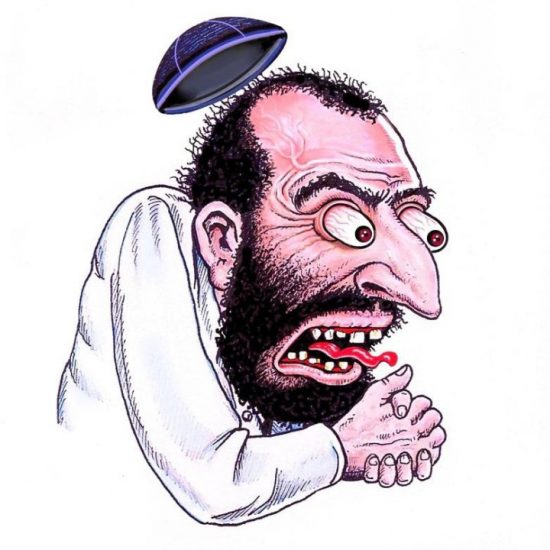Australian Chinook helicopters in Afghanistan had surged in a “porpoising” motion on several occasions, but the problem was not reported up the chain of command before a crash that killed a young Australian soldier, an inquiry has been told.
Lieutenant Marcus Case, 26, was “ramp riding” in the back of a Chinook helicopter Brahman 1/2, which was carrying five other officers on May 30 last year on a trip to recover an American Black Hawk.
The nose of the helicopter began surging up and down, a phenomenon known as “porpoising”, and Lt Case fell out of the aircraft, still attached to it by a strap, before it hit the ground and caught fire.
Lt Case was not an authorised crew member on the flight and was not a qualified as a pilot, aircrewman or an aircrewman technician on the Chinook helicopter, a commission of inquiry heard on Monday.
He and Sergeant Andrew Harvey were “ramp riding” – sitting on the aircraft’s rear ramp with their feet dangling over the edge – contrary to a directive from the Deputy Chief of Army.
“While it may be necessary for Sergeant Harvey, as the aircrewman technician, to assume this position so that he might operate the equipment mounted on the rear ramp, the positioning of Lieutenant Case on the ramp will be a matter for consideration of this commission,” lead counsel assisting the commission, Colonel Gary Hevey, said.
The helicopter began porpoising about 3.5 hours into the flight and did so four times before the crash.
“As the aircraft flipped through that fourth oscillation, so that it was 100 degrees to 110 degrees nose-down, it is believed that Lieutenant Case may have come into contact with the bottom of the aircraft,” Col Hevey said.
As it came to the ground, Lt Case was still tethered to the aircraft but was behind it and suffered fatal injuries as it rolled to its right.
Two incidents involving Chinook porpoising happened in Afghanistan in April 2008 and were recorded in an incident book maintained by Rotary Wing Group 4.
“Neither incident was further reported up the chain of command using the aviation safety occurrence report or any other recognised system,” Col Hevey said.
Wing commander Alf Jonas, who headed the aviation accident investigation into the crash, said the lines of communication between pilots and higher-ranking military staff were “a wicked web”.
“What’s interesting is that they raised it with their audit team,” he said.
“They were, I guess, hoping that they would come back with that definitive advice and it never came through.”
Col Hevey said there were other anecdotal reports of porpoising, and Australian pilots would give evidence that during their training with American and European instructors they were not taught how to handle the problem.
Shortly before the fatal accident, there had been a few porpoising incidents within Rotary Wing Group 6, and the problem was raised at a safety meeting just four days before the crash.
The inquiry, which is expected to run for between seven to eight weeks and hear from about 60 witnesses, will resume in Melbourne on Tuesday.
Related posts:
Views: 0
 RSS Feed
RSS Feed

















 July 30th, 2012
July 30th, 2012  FAKE NEWS for the Zionist agenda
FAKE NEWS for the Zionist agenda 
 Posted in
Posted in  Tags:
Tags: 
















